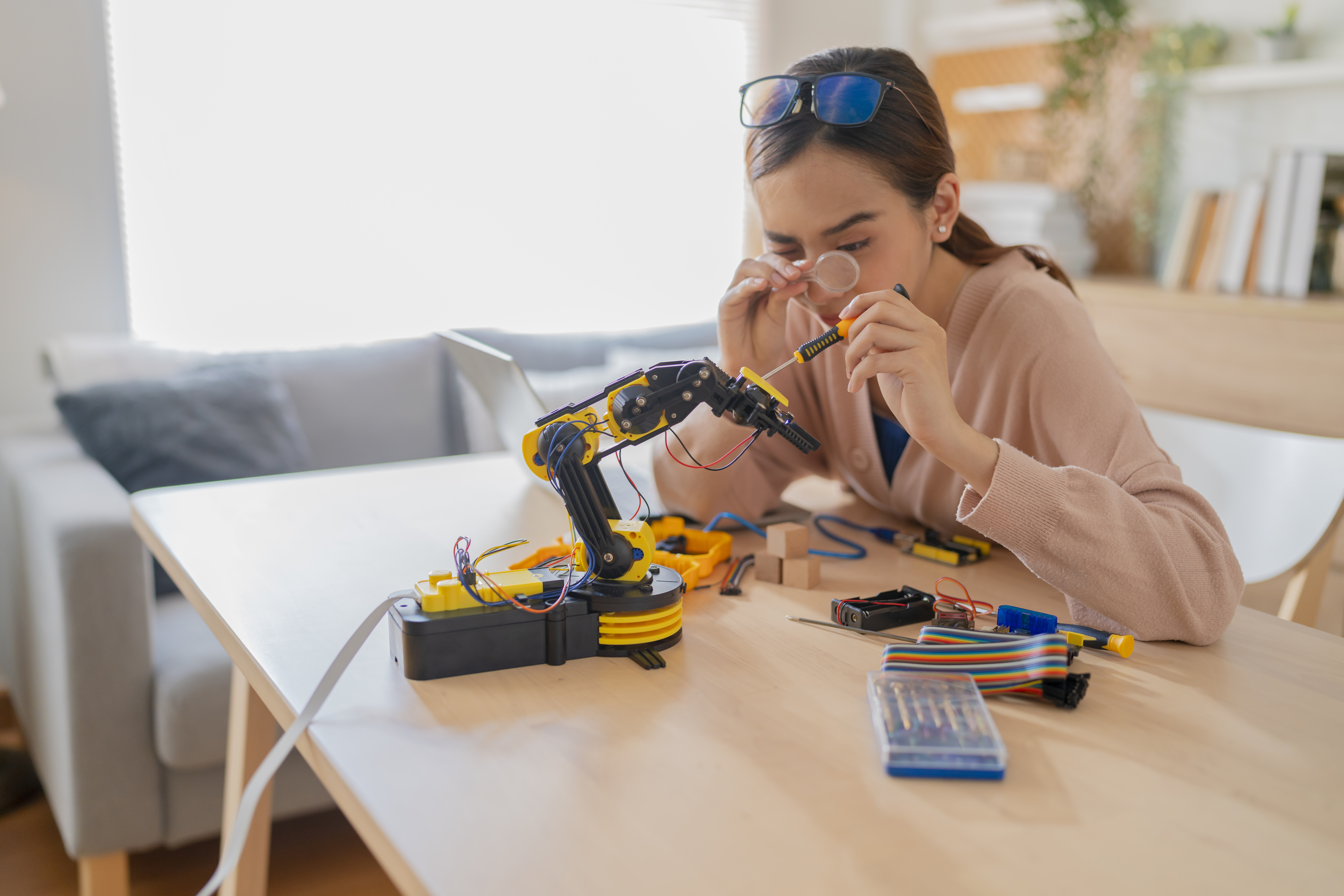
Table of Contents
In the fast-paced world of electronics, the process of bringing an idea from concept to reality is an exciting journey. Electronics prototyping is the critical initial phase of hardware product development that bridges the gap between a brilliant idea and a tangible device. In this comprehensive guide, we’ll explore the various aspects of electronics prototyping, including PCB design, CAD (Computer-Aided Design), and how platforms like Arduino and Raspberry Pi play a pivotal role.
Understanding Electronics Prototyping
Electronics prototyping is the foundational step in creating electronic hardware products. It involves building a preliminary version of your device to test and refine your concept. Whether you’re a hobbyist, a startup, or an established company, electronics prototyping is an essential stage in the product development process.
Key Components of Electronics Prototyping
- Idea Generation: It all starts with an idea. The first step is to brainstorm your concept and define the problem you want to solve or the functionality you wish to create.
- PCB Design: PCB (Printed Circuit Board) design is the backbone of any electronic device. It’s the physical platform that houses the components and connections. Efficient PCB design is crucial for a successful prototype.
- Component Selection: Choosing the right electronic components, such as sensors, microcontrollers, and connectors, is vital. Your choice can significantly impact the functionality and performance of your prototype.
- CAD Design: CAD (Computer-Aided Design) software is used to create 3D models and enclosures for your hardware prototype. It ensures the physical design aligns with your vision.
- Arduino and Raspberry Pi: These platforms have revolutionized electronics prototyping. They provide user-friendly development environments and open-source hardware, making it easier to create and test electronic devices.
The Role of PCB Design in Electronics Prototyping
PCB design is at the core of electronics prototyping. It’s the process of creating the layout and connections on a printed circuit board. A well-designed PCB ensures that the electronic components work harmoniously and efficiently.
Key Aspects of PCB Design
- Schematic Design: This is where you create a visual representation of your circuit. It outlines the connections between components and helps in troubleshooting.
- Component Placement: Deciding where each component goes on the board affects the efficiency and size of your PCB. Good component placement reduces signal interference and ensures optimal performance.
- Routing: Routing involves creating the physical traces on the PCB that connect various components. This step requires careful consideration of signal integrity and noise reduction.
- Prototyping Boards vs. Custom PCBs: While prototyping boards are convenient, custom PCBs offer more control and scalability. Deciding which one to use depends on the specific project requirements.
The Power of CAD Design in Electronics Prototyping
CAD design extends beyond the PCB. It’s about creating the physical casing and enclosure for your electronic prototype. A well-designed enclosure not only protects your hardware but also enhances its aesthetic appeal.
Benefits of CAD Design
- Customization: CAD software allows you to create unique and tailored enclosures for your prototypes.
- Material Selection: You can choose the right materials and manufacturing methods to meet your project’s durability and cost requirements.
- 3D Printing and Prototyping: CAD design facilitates 3D printing, allowing you to quickly iterate on physical designs and test their practicality.
The Role of Arduino and Raspberry Pi in Electronics Prototyping
Arduino and Raspberry Pi are popular open-source platforms that empower electronics enthusiasts, developers, and engineers to turn ideas into tangible prototypes.
Arduino for Prototyping
Arduino is known for its user-friendly development environment and extensive community support. It’s a perfect choice for rapid prototyping, and it offers various boards and shields for different applications. Key advantages of using Arduino include:
- Abundance of Libraries: Arduino boasts a vast library of pre-written code, making it easy to implement complex functions.
- Community Support: You can find online communities, forums, and tutorials for nearly any project.
- Cost-Effective: Arduino boards are affordable, making it an excellent choice for prototyping on a budget.
Raspberry Pi for Prototyping
Raspberry Pi is a versatile single-board computer that runs a full operating system. It’s ideal for more complex projects and offers the following benefits:
- Full Operating System: With Raspberry Pi, you can run a full Linux-based OS, opening up a world of possibilities for software integration.
- High Processing Power: Raspberry Pi offers significant processing power, making it suitable for projects requiring more computation.
- GPIO Pins: It has GPIO (General Purpose Input/Output) pins for hardware interfacing, allowing you to connect various sensors and components.
Conclusion
Electronics prototyping is the gateway to turning your innovative ideas into tangible hardware products. Whether you’re creating a new sensor, IoT device, or any other electronic innovation, understanding PCB design, CAD design, and the role of platforms like Arduino and Raspberry Pi is vital. By mastering these essential elements of electronics prototyping, you’ll be well on your way to bringing your creations to life.
In this guide, we’ve touched upon the key components of electronics prototyping, the significance of PCB design and CAD design, and how Arduino and Raspberry Pi can accelerate the prototyping process. As you embark on your prototyping journey, remember that experimentation, learning, and perseverance are key to your success in the world of electronics prototyping. Good luck with your next hardware project!
Ready to transform your electronics ideas into reality? Discover how our services can streamline your electronics prototyping journey. Visit our website service page now to unlock a world of PCB design, CAD solutions, and expert guidance in bringing your innovative hardware products to life

Founder of MLVOLT: Prince Gupta